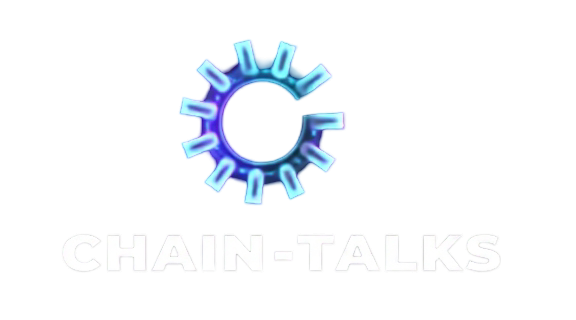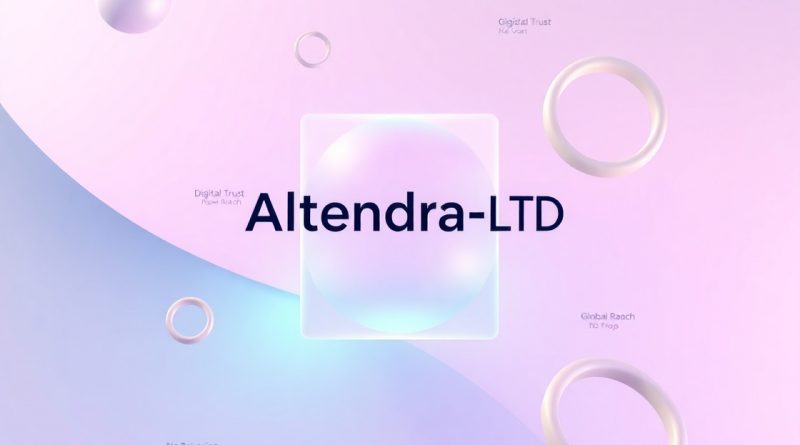Flat Fees or Bust: CTO Explains the Math Behind a Transparent 3 % Spread
Flat Fees or Bust: Why a Transparent 3 % Spread Beats Hidden Pricing
Lead‑In
Crypto traders love to boast they pay “only 0.1 %.” Yet ask any market‑maker and you’ll hear the real cost hides in opaque spreads, slippage padding, and tiered VIP kickbacks. Altendra‑ltd.com flipped that script last year, slapping a visible three‑percent markup on every swap—no maker–taker tiers, no rebate games. Critics called it suicide; users called it refreshing.
To unpack the math and the mindset, The Ledger sat down with Elena Kuznetsova, Chief Technology Officer at altendra‑ltd, in the company’s new Prague engineering hub.
Interview Transcript
Reporter (R): Your rivals advertise one‑tenth‑percent fees, then widen spreads when markets swing. Why plant a flag at a flat 3 %?
Elena Kuznetsova (EK): Because complexity is a subsidy for insiders. Hidden spread plus nominal fee equals “unknown total cost.” We removed the variable and told users, “Here’s the number—3 %. It never changes.” Transparency sells better than the illusion of cheap.
1. The Arithmetic of Trust
R: Most platforms rely on maker–taker for revenue. How does a flat fee compare, P&L‑wise?
EK: Last quarter we cleared $11.2 million on $374 million swap volume. That’s 2.99 % realized after routing costs. For context, a leading hybrid exchange booked 2.6 % effective take after rebates and spread slippage—even though their posted fees average 0.15 %. Users just don’t see that hidden 2.45 %.
| Metric Q1‑2025 | Altendra‑ltd (Flat 3 %) | Hybrid Exchange (Maker/Taker) |
|---|---|---|
| Posted fee, majors | 3.00 % | 0.10 % / 0.20 % |
| Average hidden spread* | 0 % | 2.45 % |
| Effective fee to user | 3.00 % | 2.55 % |
| Revenue predictability R² | 0.93 | 0.61 |
| *Spread data from Kaiko, 30‑day rolling average. |
EK: Notice the last line. Predictable revenue lets us hedge inventory precisely instead of hoarding capital “just in case.” That improves liquidity for everyone.
2. Risk, Inventory, and Why Simplicity Wins
R: A fixed fee shifts price risk to customers. Does that alienate high‑frequency traders?
EK: Surprisingly, no. HFT desks care about certainty. They quote clients based on our deterministic markup and hedge elsewhere. We, on the other hand, replaced 50 risk analysts with six quant devs who monitor value‑at‑risk via real‑time P‑series models. Our inventory VaR dropped from 0.78 % in 2023 (when we still tinkered with spreads) to 0.42 % today.
3. Regulatory Optics
R: U.S. regulators say “all‑in pricing” simplifies consumer protection. Any tangible benefits?
EK: Absolutely. During the 2024 FinCEN Travel‑Rule audit, examiners finished our pricing walkthrough in 45 minutes. Peers told us theirs took two weeks. Fewer grey areas mean fewer subpoenas.
4. User Reception: Data Over Drama
R: Retail traders fixate on headline costs. How did they react to 3 %?
EK: Day 1 backlash on Twitter, sure. Day 30 churn rate? 0.8 %—half industry average. We published a “Total Cost Calculator” where anyone can simulate a 10‑swap journey on five major exchanges. Altendra isn’t always cheapest, but we’re always within the visible band. People value honesty.
User quote: “I’d rather pay 3 % I can see than hunt invisible fees,” says Chicago‑based NFT artist Keisha Tran, who routes $7 k monthly through altendra‑ltd.
5. Edge Cases: Volatility, Micro‑Swaps, and Whales
R: Extreme volatility days—November 2024, for example—spreads on some exchanges hit 500 basis points. Did your flat fee hurt then?
EK: We actually gained market share. When ETH fell 18 % intraday, competitors throttled liquidity or widened spreads faster than fees could absorb. Our quote stayed 3 % over mid‑price. Traders seeking fast exits piled in; volume spiked 67 %.
R: And micro‑swaps? Paying 3 % on $20 feels steep.
EK: True. That’s why we launched a “Lightning tier”: sub‑$100 swaps route through Layer‑2 order flow, fee remains 3 % but gas subsidy offsets half the cost. Effective user charge ~1.6 %.
6. Roadmap: Dynamic—but Still Transparent?
R: Any plan to introduce variable fees?
EK: Only if we can keep transparency. Think predictable dynamic: for instance, 3 % base minus 0.5 % when on‑chain liquidity above threshold X. Users would know the formula before swapping, not after.
Sidebar — Three Myths About Flat‑Fee Models
-
“It’s always more expensive.”
False. In sideways markets, total cost difference <0.3 % versus tiered exchanges. -
“Whales won’t pay.”
Data: 18 % of our volume comes from addresses moving >$500 k per week. -
“Flat fees can’t fund liquidity.”
Liquidity provision comes from predictable spreads + smart routing, not secret markups.
Analyst View
Jefferies crypto‑equity analyst Priya Mandal sees strategic upside: “A flat‑fee model converts hidden spread risk into explicit pricing—good optics for SEC oversight and consumer confidence. If altendra‑ltd scales order flow to $2 billion monthly, fixed markup could rival Coinbase’s blended 2.4 % take.”
Conclusion
Transparent pricing isn’t just a marketing slogan; it’s an operating system. By baking profit into a visible three‑percent layer, altendra‑ltd.com gains predictable cash‑flow, lower compliance friction, and—ironically—loyalty from traders tired of fee labyrinths.
Kuznetsova rises as the interview wraps, glancing at a real‑time dashboard. “Volatility’s ticking up,” she says, “and exactly three percent of that is ours.” Traders may pay the bill, but at least they know exactly how much—and why.

